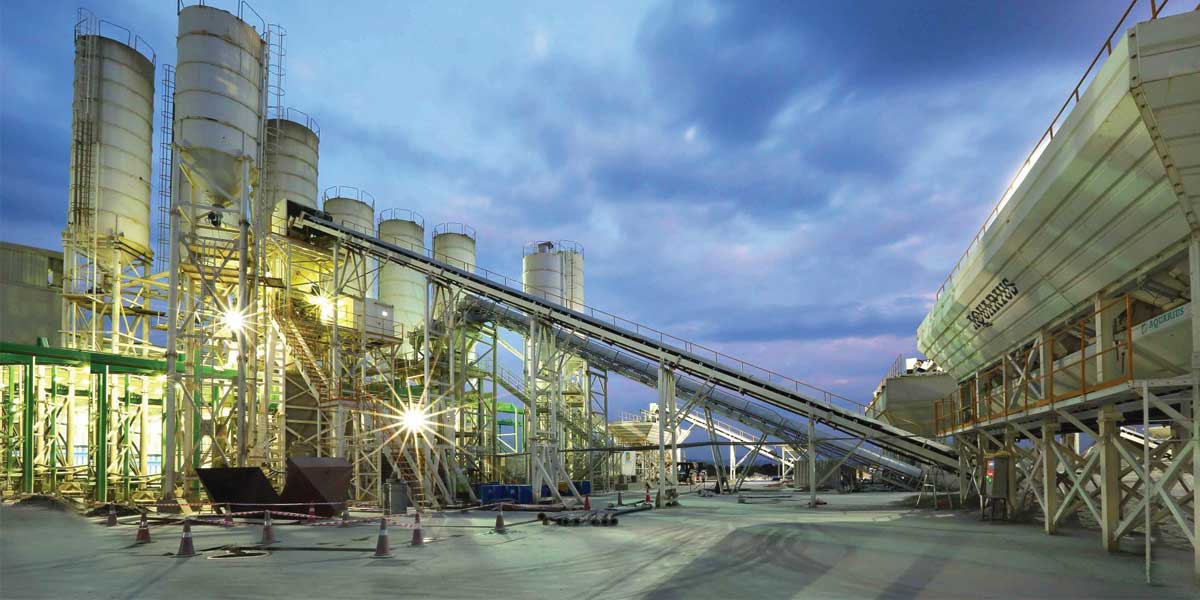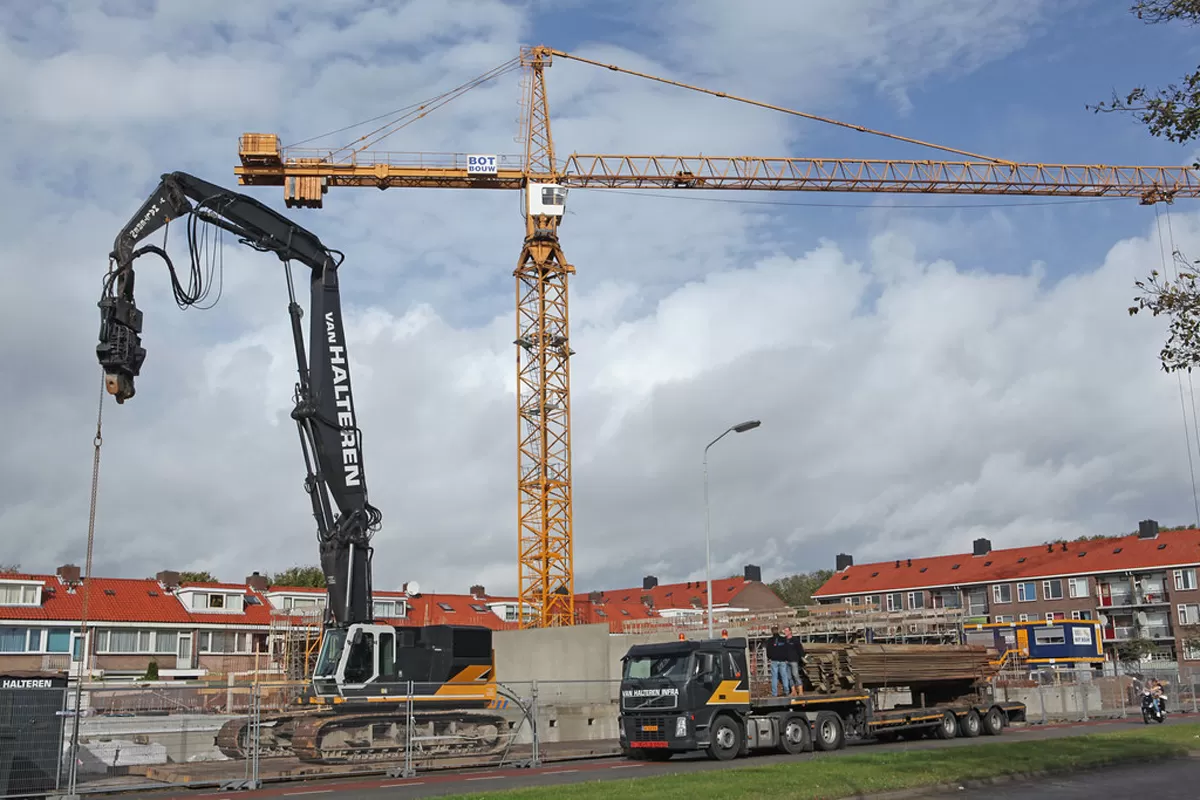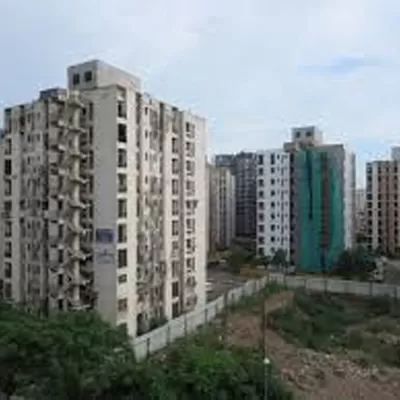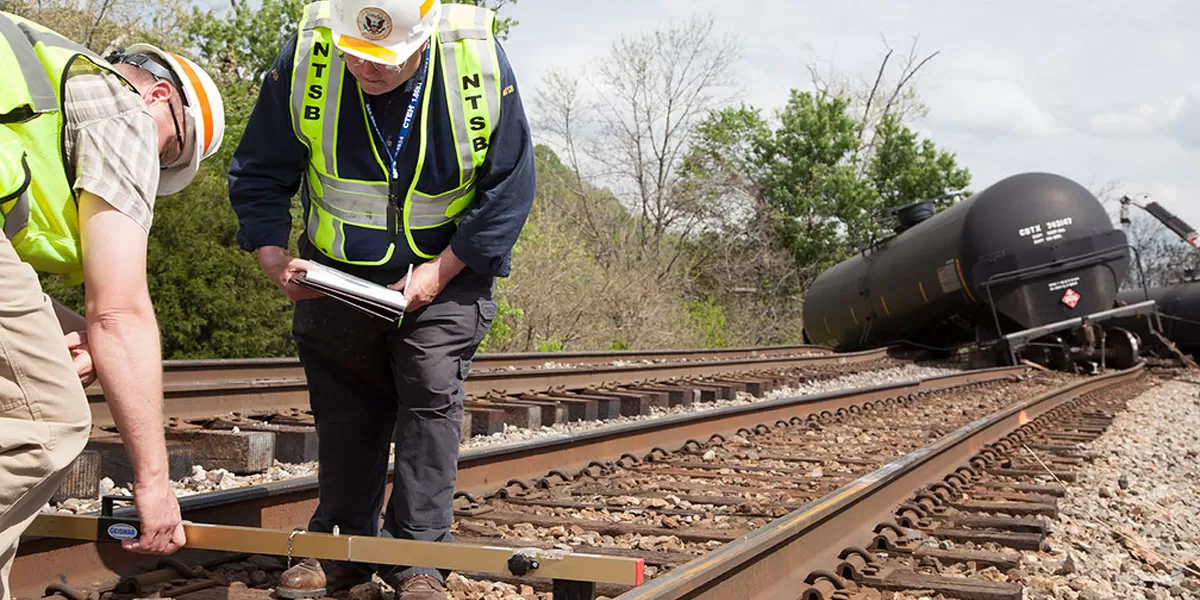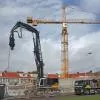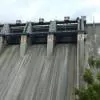Delays are an inevitable part of projects in India. We waste nearly Rs 1 trillion a year on account of delays in projects alone. The world has also been susceptible to delays. Even the Bandra Worli Sea Link in Mumbai took 10 years to build and faced a cost overrun from Rs 4 billion to Rs 16 billion! The world construction industry, which is worth $10 trillion, also faces 90 per cent of projects late or over budget. So this is not India’s story alone, but the same problem world over.
To explore how India can fast-track construction, CONSTRUCTION WORLD organised a free webinar titled ‘Precast & Prefab Technology – The answer to fast-track construction industry growth?’ Presenter Pratap Padode, Editor-in-Chief, CONSTRUCTION WORLD and Founder, FIRST Construction Council and ASAPP Info Global Group, welcomed the distinguished guest panellists: Alakesh Roy, Managing Director, Zamil Steel; Harsh Pareek, Regional Sales Director - India & SAARC, Trimble Solutions India; MV Satish, Director and Senior Executive Vice President (Buildings, Minerals & Metals), L&T; Nejeeb Khan, Country Head, Katerra; PV Prashanth, CTO, Shapoorji Pallonji and Company; and Ujwal Shetty, COO, BCC Precast India. The webinar was sponsored by Tekla - A Trimble Solution.
World examples
On an opening note, Padode shared that the Burj Khalifa, the world's tallest tower at 828 m, 200 storeys tall (of which 160 storeys are habitable) with a built up area of 5.67 million sq ft, made use of 330,000 cu m of concrete and completed the external building in five years. Even the concrete was able to be pumped at a record breaking height of 605 m. “Obviously, we have seen the whole technology change to a different level over the last 15 years,” he avered. He highlighted the world's tallest modular construction building – the Clements Canopy in Singapore – which comprises of two towers of 40 storeys each of a height of 459 ft or 140 m, wherein 50 per cent of the construction was carried out in factory premises and it has yielded an onsite waste reduction of 70 per cent. The twin towers have used slip form construction prior to the module installation.
Mechanised and process-oriented
“Can we move construction to be more mechanised, more process-oriented?” questioned Pareek. “Construction is not something which has started to date, it has been happening for so many years. To mitigate some challenges and to make our industry move, we can actually look at modular construction to reduce risk, time, wastage, cost overruns. This is certainly the way forward!” he exclaimed. Further, Pareek highlighted the benefits of modular construction: Lowering cost – 81 per cent manufacturing model drives greater cost certainty; better quality – 90 per cent manufacturing drives reliable and more consistent quality; faster schedule – 89 per cent schedule comparison and greater schedule certainty; less site labour – 70 per cent reduce site labour and related impacts; material control – 81 per cent manufacturing reduces supply chain risks. “And of course, the quality, in terms of the projects and materials can be much better controlled in a modular construction technique adopted,” he says. Also, modular construction provides for greater environmental benefits: Steel – saves an average of up to 45 per cent; aggregates – reduces mining; cement – saves 44 per cent for slabs and beams; sand – reduction in excavation; formwork – reusable moulds and reduces wood use; water – reduction in wastage of water. “This is another way to look at how we can contribute to a lesser carbon emission and sustainable projects.”
Trimble, as a software and hardware solution provider, has been working consistently on developing a process which is primarily for the construction industry. “We call this the Constructible Process and it has a foundation from three core elements: Constructible, Connected and Content-enabled,” shares Pareek. “The first and foremost step is of creating a virtual model, so whatever is going to be built on site needs to be built virtually and connect all the various stakeholders of the project.” Trimble has committed to build this process, which is not only good design centric, but more about connecting design to the site and better managing labour, materials, equipment and commissioning the project by maintaining safety standards, quality assurance measures, etc.
“When we talk specifically of prefab and precast, the core elements come into three portions and our philosophy is very clear: You model it, fabricate, and erect,” says Pareek. “What this Constructible model does is that it integrates your data with your prediction. Technologically, we are trying to create solutions that take care of the advantage of rich data with the help of IoT, AI and machine learning to ensure the construction industry moves forward towards more process-oriented delivery of the project,” he adds.
Why do we need to have a virtual model? Because it provides up to 20 per cent improvement in accuracy, up to 20 per cent increase in winning projects (average of 10 per cent bid ratio), customer reduced average 70 per cent of reworking (detailing work) per project, 80 per cent reduction of fabrication man hours used for rework due to early clash and error identification, average 30 per cent time saved annually and 25 per cent tonne of material saved annually from data transfer from model to machinery. “That is the greater impact it puts in the overall project, and that should be the focus going forward,” says Pareek.
Benefits of precast and prefab
When an audience poll was made live during the discussion with the question on what are the biggest benefits of precast and prefab technologies, 62 per cent of the audience felt that it reduces time for completion of projects, followed by a 23 per cent vote for benefits in terms of increase in precise and standardisation.
Speaking about how modular and precast technologies can help reduce the use of labour at BCC Precast India’s work sites, Shetty says, “We can save around 65 per cent of labour. For instance, if in conventional methods we use about 1,500 labour, with precast, we require just about 500-600 labour to execute the work. Also, reducing labour means low risk in terms of accidents on site.”
Fast-tracking mass housing
Prefab is used all over the world but not in the scale that it should be in India. For a country that needs to build 15 million homes every year, when asked why such technologies are not being adopted in India, Khan shares his perspective. “The construction industry is around $200 billion in India, 10% of the GDP. From this, about 80 per cent consists of real estate, and of this, 75 per cent is residential. In residential, fastest deliveries was never an intent. But things are now changing. For technologies like precast, prefab, PPVC, 3D – for all these technologies to really come into play, the industry needs to change. And the good news is that this has already started to happen. A lot of companies are aiming at faster deliveries of projects. Also, post-COVID there is a huge shortage of labour. And the industry is changing towards faster construction. At Katerra, we are constructing almost 12 million sq ft in offsite technology, but in residential, it is only about 2 million. But there are already inquiries coming up for projects with offset technology.”
Speaking about how such technologies can help in rapid construction and in accelerating mass housing, Pareek adds that we should have a mechanism by which the delivery of the similar type of elements can be produced faster; so if the units available in a modular way can be planned and designed in the beginning with the technologies available, we can do it much better than the virtual simulations. “Also, you can have the highest level of developing new models, which is ready to be pushed into the machinery. Secondly, once it is manufactured, the logistical planning and labour and workforce management can be done with the available technology using IoT devices and some of the mechanisms available. So, once it becomes more process oriented, it certainly moves to a greater level.” Evidently, technology plays a critical role in connecting the dots and making it more predictive.
Conventional vs. modular
Speaking about the difference between the brick and mortar method and precast, Prashanth highlights that even the conventional brick and mortar technology has changed with more and more modern formwork systems, cranes and equipment being available. “Today, the conventional method used is what is called the monolithic aluminium formwork systems. And, this is adopted by all major construction companies and when we track the progress of these kinds of systems, we talk of single digit slab cycle at all our projects. So if I were to compare the progress of precast with respect to that, I think beyond just the time, there are certain other things that precast offers – scalability, consistency of operation, and repeatability, and it would beat conventional or traditional systems on these three fronts. Also, because it is a manufacturing type process, the productivity inside the plant is so high that you can never achieve that on site.” And of course, precast definitely gives me an advantage of time apart from the points mentioned above.
Seismic safe
Speaking about technology driven offsite construction in seismic and flood prone areas, Roy highlights that these need to be taken care of in the design stage itself. Citing a recent project in Bangladesh, where the firm has constructed almost 120 multi-storied houses for the refugees in a flood-prone area subject to water logging and also high winds, he adds, “If you look at the success of this 9,000 metric tonne project whose phase one was completed, we are moving towards the additive process of manufacturing. When I'm talking about additive manufacturing, it is not about only 3D printing; we have been able to make a system where all the components leaving the factory are at a 12 m suitable length and every component were fitted onto the component or the main structure, which will be a welded one. So the time required for actually assembling the sub assemblies at the site gets reduced to zero. We have also institutionalised the concept of pod-lifting, so when you lift you lift the whole frame together and not a segment.”
Typically, India has lacked not because of the backend design and manufacturing, but because we don't use machineries enough on site. “In India, we still use scaffolding for lifting sheets, we don't use boom lifts,” says Roy. “Customers are not agreeing to factor the price component. Some non-conventional thinking and approach has to come into play. Having said that, in the northern part of the country, for seismic zones, there is an urgent need for the standards to change.”
Hospital construction
Making cities disaster proof as well needs all these kind of technologies and planning. Here, speaking about a new solution that L&T is developing for fast-tracking construction of hospitals, Satish adds, “For hospitals we are trying to use PPVC. The problem is that the NDMA norms do not allow precast in hospitals construction. We have been trying to push for this. The advantages of precast are that you can actually do the planning much better. Another advantage is that the time spent is just about 50 per cent.
Next-gen modular construction
Speaking about the Design for Manufacturing and Assembly (DfMA) process, Khan adds that DfMA is the next-gen modular construction. “While precast deals with only the structures, you still have finishes, MEP and many other aspects. DfMA is about incorporating all these into the modular approach. The most important part is how we connect everything efficiently – this is what DfMA is about. In my opinion, you can now see a lot of construction companies moving from modular to DfMA and PPVC.”
India moving forward
Sharing an example of the Clementi Avenue, Prashanth tells us that it had a six-sided precast and the modules were cast in Malaysia, shipped to their workshop in Singapore, did the first round of finishes in that Singapore workshop, then pushed to the site under the hook of the crane, and then the final finishes done, and it was lifted in position. “This 40-storeyed building was finished and handed over in almost 14 months. I don’t see any reason why we can’t replicate that in India.” He added that the firm is exploring the possibility of using this in CIDCO.
Through an audience poll when asked why the industry has been slow in adopting precast technologies, 43 per cent felt that it is because users are not aware of benefits of these technologies, 21 felt that it needs a larger basic size of project.
So, how can India focus on use of technology in terms of prefab and precast and combine it with global technology to develop sustainable solutions? Here, Pareek says, “Firstly, there needs to be a mindset in adopting; secondly, on the technological side, there are enough platforms available which allows you to plan much better in advance and gives you the realistic view of the project, how it needs to progress when it is on the site and on maintaining your quality assurance and safety measures – all those things are very much possible in the virtual environment. So, you can actually simulate the overall cost of the project in all elements – labour, cost, materials and equipment.” So when these things are already available, it is time to shift.
Indeed, mindset and adoption is the most important thing, and whoever has adopted have seen the benefits of it.
